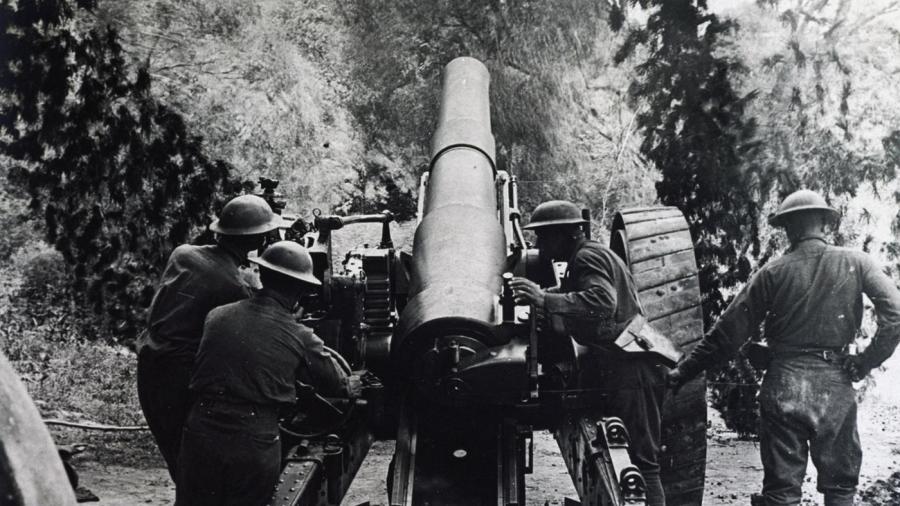What Was the Arms Race During WW1?

Before World War I, many European nations grew their military powers and produced new military technology dramatically as a result of direct competition over potential colonies. Countries such as Germany and Britain engaged in a race to produce the most powerful armies through invention and mass production of weapons. This arms race is often cited as a leading cause for World War I.
In the decades leading up to World War I, many European countries began to place more focus on their military might. The European powers invested significant amounts of money and production time to designing and building new weapons or mass producing vast quantities of offensive and defensive weaponry. Between 1870 and 1914, the military budget for Britain, France, Germany, Austria-Hungary, Russia and Italy more than quadrupled. Some nation’s budgets increased more radically than others. Germany, for instance, increased its military spending by 73 percent between 1870 and 1914. The growth of these armies did not happen in secrecy or isolation. Each nation was aware of the growing military power of their neighbors and responded by growing their armies in turn. When Germany began growing its naval fleet, policy makers in Britain became concerned. This resulted in Britain growing its own fleet and inventing new and more powerful naval vessels such as the dreadnought class of ships. Eventually, fear and competition in the arms race led to various military alliances, which contributed greatly to the start of World War I.





